“The most beautiful moments always seemed to accelerate and slip beyond one’s grasp just when you want to hold onto them for as long as possible,” said E.A. Bucchianeri. Indeed, we share the same feeling and we cannot believe that it is already the end of the term and our adventure is reaching an end.
What?
During these past few months we’ve had great experiences, met wonderful people and experienced a roller coaster of emotions. We were lucky enough to have met people from the Gambier Island Sea Ranch (GISR) community and to have had the chance to learn more about their culture and their apple tree heritage.
A couple of weeks ago we organized a meeting with Dr. David MacArthur where we finally got to graft the GISR community’s trees. We were planning to graft around 20 root stocks, but unfortunately we were able to graft only 10 as it seemed like there was an issue with the root stock order. Additionally, we had troubles finding good branches to use for grafting because most of the branches that we brought back from the island were either too old, sick or did not meet the size requirement. This was an unexpected set back for us as we were not aware of these issues beforehand.
Thankfully, our last last lecture and tutorial session was after that deceiving grafting experience and we therefore had the opportunity to set our next step goals to our project and we reflect on our last moments of significance.
In fact, during the last lecture and tutorial session we learned a couple of tips on how to end our CBEL project well. We also had the opportunity to share with the other LFS 350 students in our tutorial group about our reflections on where we were at in our projects and what are we are planning to do next. We were all glad that we got to hear about their experiences as well, and receive feedback from the other groups. This gave us the opportunity to guide ourselves to a better understanding on what to do next in terms of writing our final report and how to have an effective final communication with our community partner.
So What:
While grafting the trees we were all disappointed that we were not able to provide our community partner with the 20 root stocks that we promised them and that the branches that we brought back with us were in a poor shape. It can be challenging sometimes to inform someone relying on us that the chances of the grafts being a success is not high, but it is also important that we acknowledge that as students we do not have the resources to guarantee a success, because of our lack of expertise in the subject. However, we were still able to find 10 healthy branches that were grafted, which was in turn a moment of significance for our group.
Although we were expecting to graft 20 root stocks and to have healthy branches, our main goal was to graft healthy branches and we succeeded in doing that. This made us all feel better and more confident about our project success. Below is a picture of one of the root stocks that we grafted.

Picture Credits: Meghan Bonnell
Another moment of significance that our group experienced during these past weeks is during our last tutorial session. During this session we were able to discuss our project and receive feedback about it from other groups. In fact, we were reassured about our outcomes and progress as it turns out that other groups had similar issues in their projects. This reminded us that we were all in the same boat and success cannot be achieved without encountering some challenges.
At the end of the day we were really happy that we got to work with the GISR community and to have had such a great collaborative partner. We are still trying to think about how to communicate with our partner on the unexpected root stocks number, but overall the community seemed to be very positive and cooperative, therefore we are sure they will be understanding.
Our group members are also satisfied that we are progressing in our project at a good pace, by succeeding in allocating the work to individual members and also working together as a whole on the final project.
We had troubles in determining on how we are going to officially end the project with our community partners, which worries us in some ways, but after the tutorial session we had a better idea on how to finish the project with the GISR community well.
Moreover, during one of the lecture session we studied in depth a paper written by Miewald et al. (2014) that gave a great example of how to represent a food system issue in a more scientific way.
We’ve also had a couple moments of significance in the past that were discussed in previous articles, where our main challenge in our proposal crafting was that we had troubles differentiating between our project’s purpose and objective and how to develop efficient research questions. Thankfully, the paper written by Miewald et al. (2014), studied in one of our lecture sessions, definitely gave us a better insight on how to approach these majors points, but it wasn’t until reading the article written by Karg et al. (2015), where were confident enough on how to approach our challenges and start writing the report.
Now What:
As mentioned above, the reading of articles that we studied in class helped us have a better understanding on how to craft our final report and how to end our project efficiently. We gathered up as team and set clear goals for our next steps, which helped us have a better picture on what to do now. We decided that we will email our community partner with details and pictures of the grafting, where we will inform her about the troubles we had and hopefully officially end the project in good terms. We decided to create our inquiry questions as a group, then try to answer them individually in our assigned section in the report. Once the report is written we can then edit it as whole, just to make sure that we have one unique goal and objective throughout the report and our thoughts are not all over the place.
In terms of future recommendations to upcoming groups we highly recommend that they focus a bit more on providing information on how to take care of the trees, before attempting to graft them, which will hopefully increase the chances of having a successful graft. This is essential, because our main obstacle in our project was not being able to find healthy branches.
We are glad that we worked with the GISR community through our visit to the island, which helped us have a better perception on how small communities work and helped us realize why it is important for the community to conserve their orchard tree heritage.
Moreover, by working with community we developed a better vision of how food literature can affect a small scale community, which made us have a better understanding on how food literature can affect larger communities. This recalls a Ted Talk given by Carolyn Steels (2009), that we studied in one of our lecture sessions, where she states that by having a more focused small scaled understanding of a food system issue, we will have a better idea on how to tackle bigger issues that might affect the world.
Overall, by giving us hands on experience our CBEL project will hopefully help us in the future to deal with larger situations by challenging our critical thinking in order to observe large scales Food Systems.
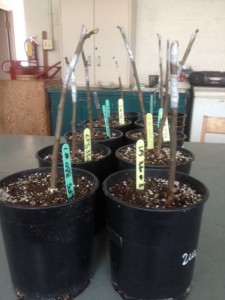
Picture Credits: Meghan Bonnell
References:
Karg, Akoto-Dansi, & Dreshel.2015. Examining Food Sources in the City of Tamale, Ghana
Miewald, C., & Ostry, A. (2014). A Warm Meal and a Bed: Intersections of Housing and Food Security in Vancouver’s Downtown Eastside. Housing Studies, 29(6), 709-729.
Steel. (2009). How food shapes our cities. Ted Global.
Check Out our Project’s Executive Summary Below:
A Community Based Experiential Learning (CBEL) project was carried out by five UBC students enrolled in LFS 350 with an objective to preserve certain 100-year-old heritage apple trees growing on Gambier Island (GI), which is located off the coast of British Columbia. These apple trees once contributed to the GI community’s food security when the trees were maintained by apple orchardists dating back to the early 1900’s, but have since been neglected and are at risk of fungal decay. To help meet the required objective, specific questions of concern helped guide the success of the project including, “what varieties of apples were better suited for the local microclimate on GI, what form of media as to the maintenance of the newly grafted seedlings will be best received by the residents, and in using an Asset Based Community Development (ABCD) approach, what are the resources and assets available to the GI residents?” The objective was successfully carried out by using grafting techniques on individual apple trees that were most valued by the Gambier Island Sea Ranch (GISR) residents with a total of 10 scions being grafted onto vigorous M9 rootstocks. Upon conducting personal interviews with GISR residents it was decided that presenting the maintenance and care instructions in the form of an informative document would be best received by the residents. However, the specific varieties of the apple trees that were grafted were inconclusive due to the lack of available information with the exception of one known banana apple tree and one known crab apple tree. Important and useful assets were determined to be the heightened sense of community and the commitment to preserving the heritage apple trees. Additionally, the GISR residents are organized and have the willingness to take on the extra responsibility of maintaining the newly grafted trees. This project addresses issues of food literacy among GISR residents by increasing their knowledge of proper maintenance of apple trees, which assists them in securing a healthy food source. Furthermore, worldwide academics have expressed their concern of the adverse effects monoculture orchards are imposing on the resiliency of the apple species to adapt to climate change. This project addresses this issue of food security by maintaining the lineage of the heritage apple trees through grafting, ultimately contributing to the apple species’ gene pool and finally adding to the resiliency of the apple species as a whole. Overall, our project was successfully completed by accomplishing project’s aims and objectives. Lastly, we suggested some recommendations to enhance the preservation of the historical values of Gambier Island and to improve food systems of the community by connecting with BC’s food system.
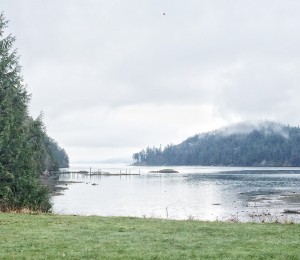
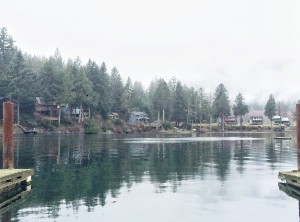
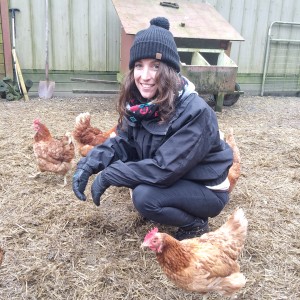
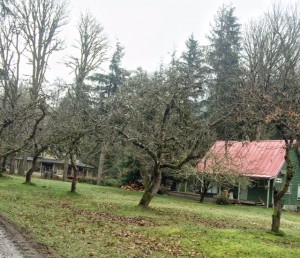


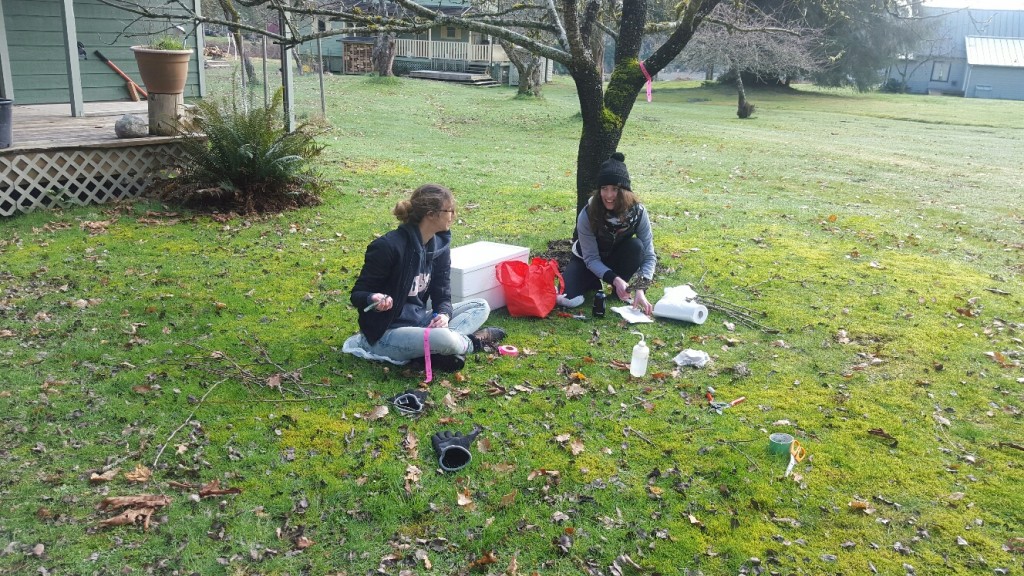
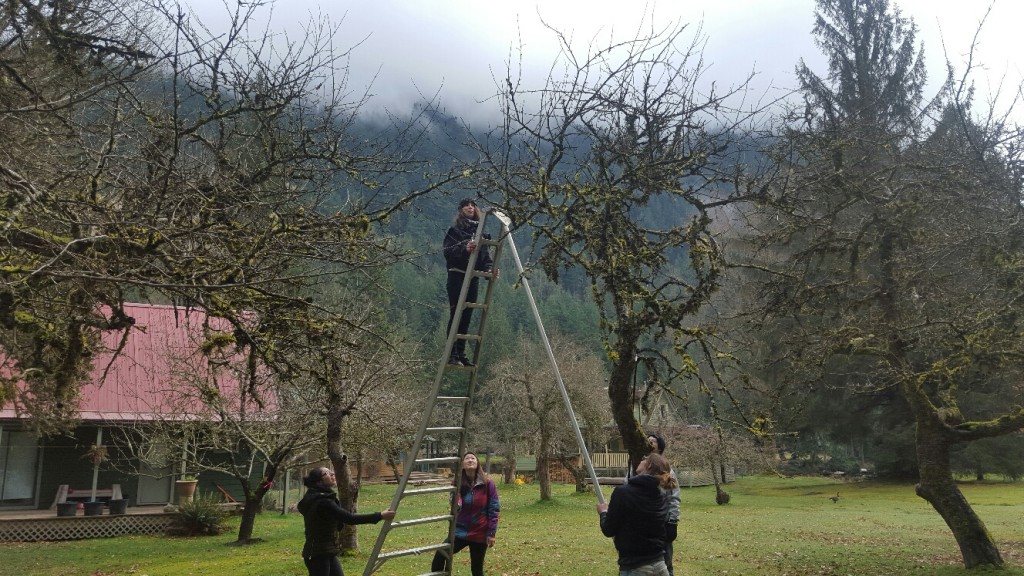


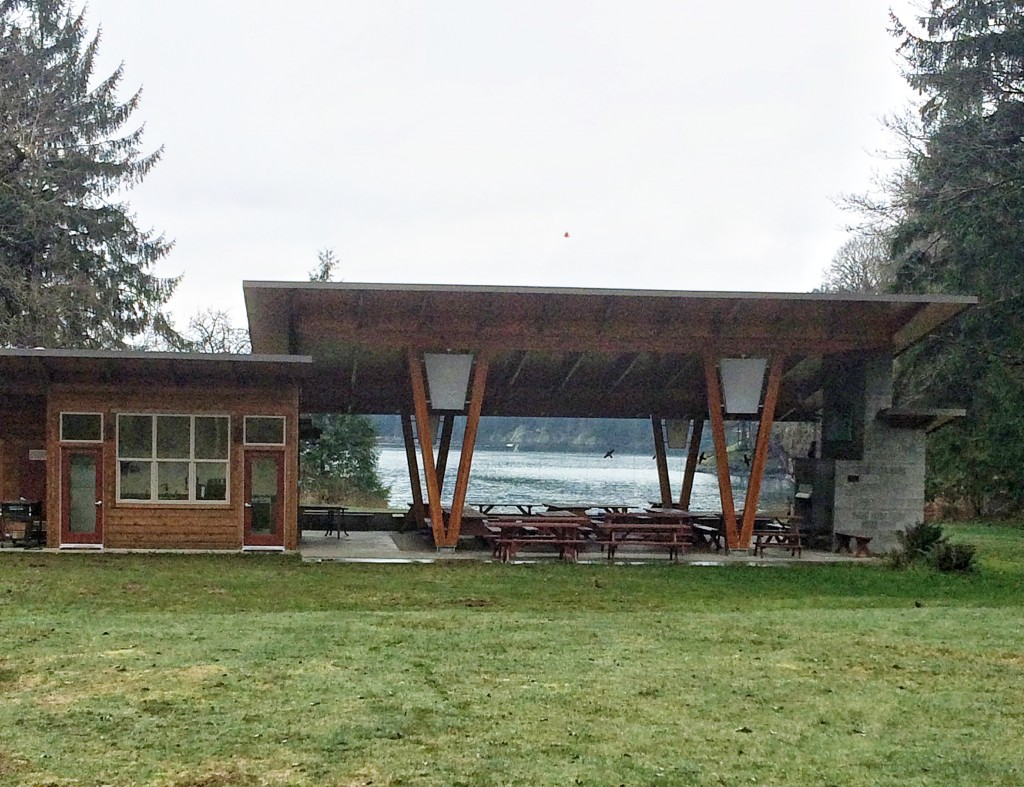
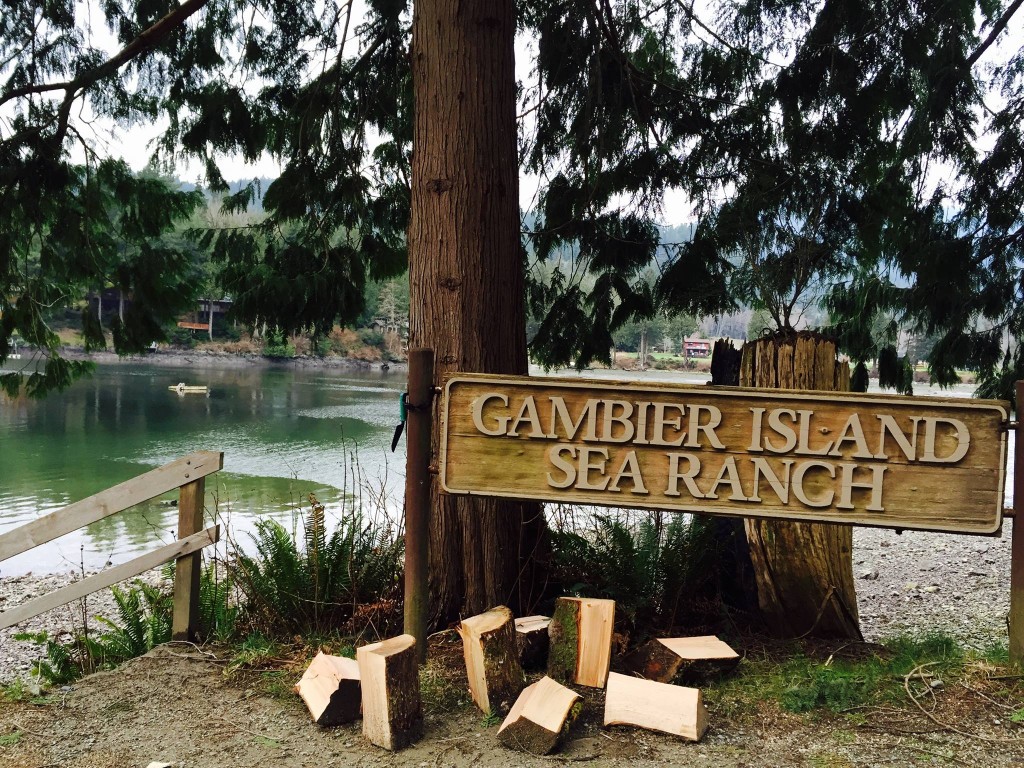
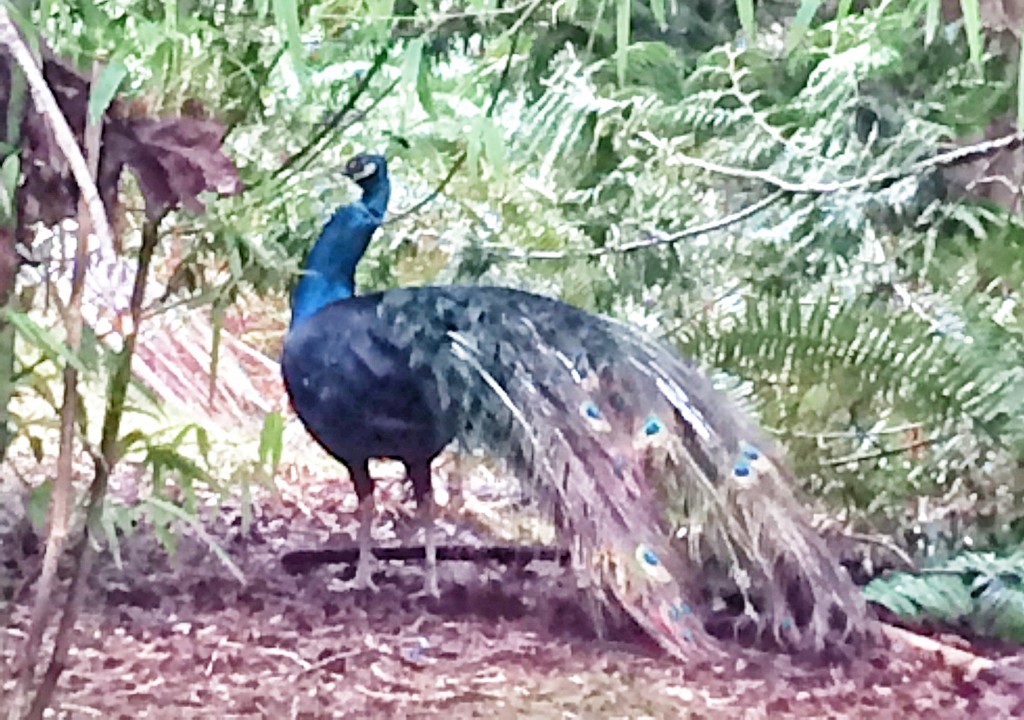
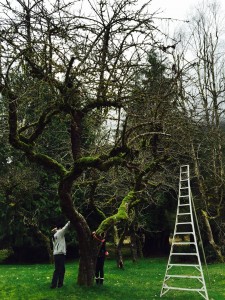 to look back and reflect on a significant moment in learning. We did this by looking at what we had experienced, what we discovered and by the actions we took. Lastly, we created a timeline for the rest of the semester in order to keep up with our goals in a timely and respectful manner.
to look back and reflect on a significant moment in learning. We did this by looking at what we had experienced, what we discovered and by the actions we took. Lastly, we created a timeline for the rest of the semester in order to keep up with our goals in a timely and respectful manner.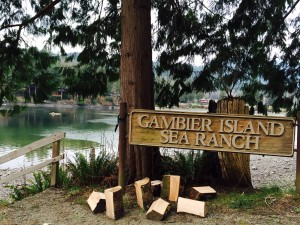 What
What Identify upcoming objectives and strategies to achieve them
Identify upcoming objectives and strategies to achieve them